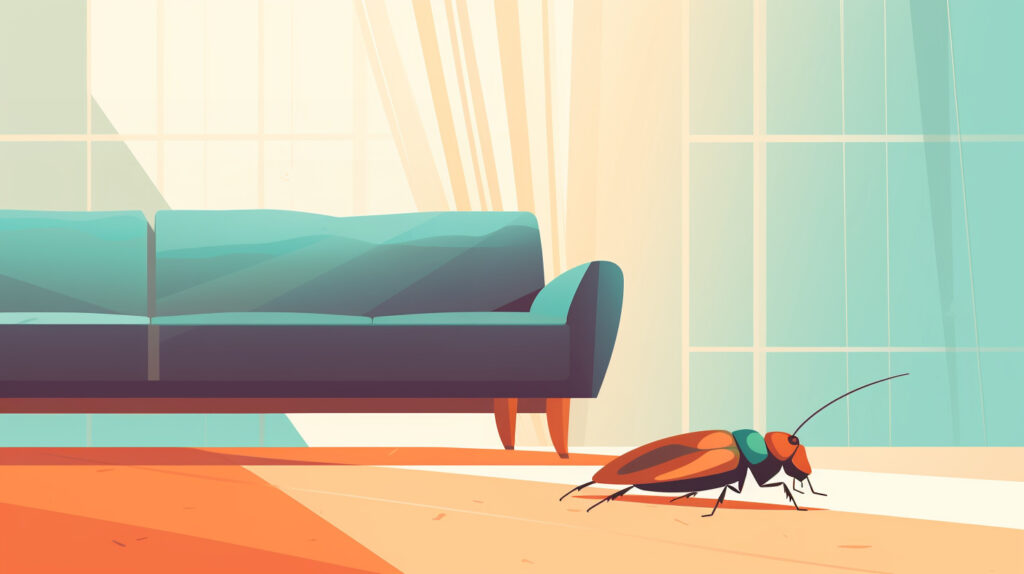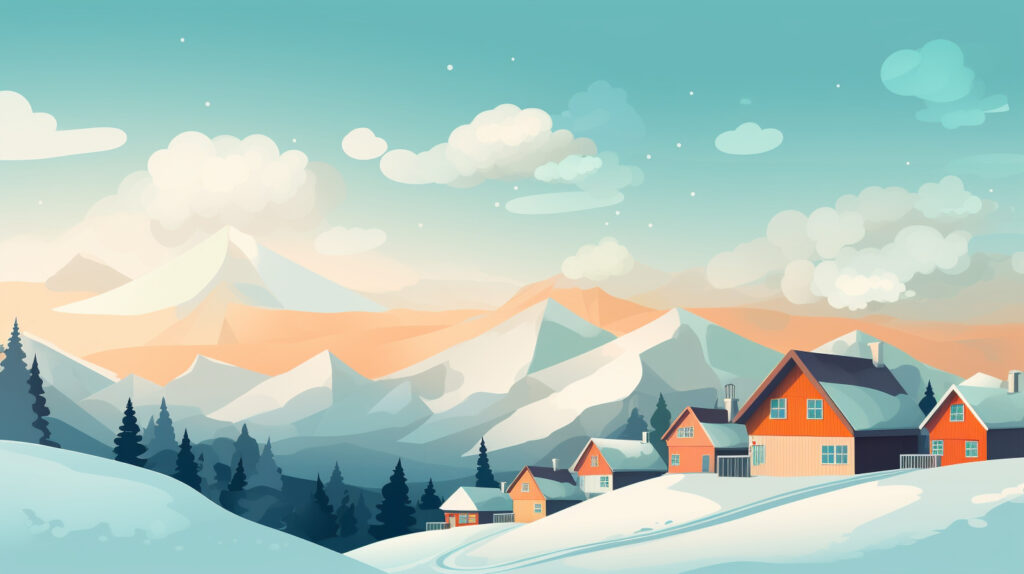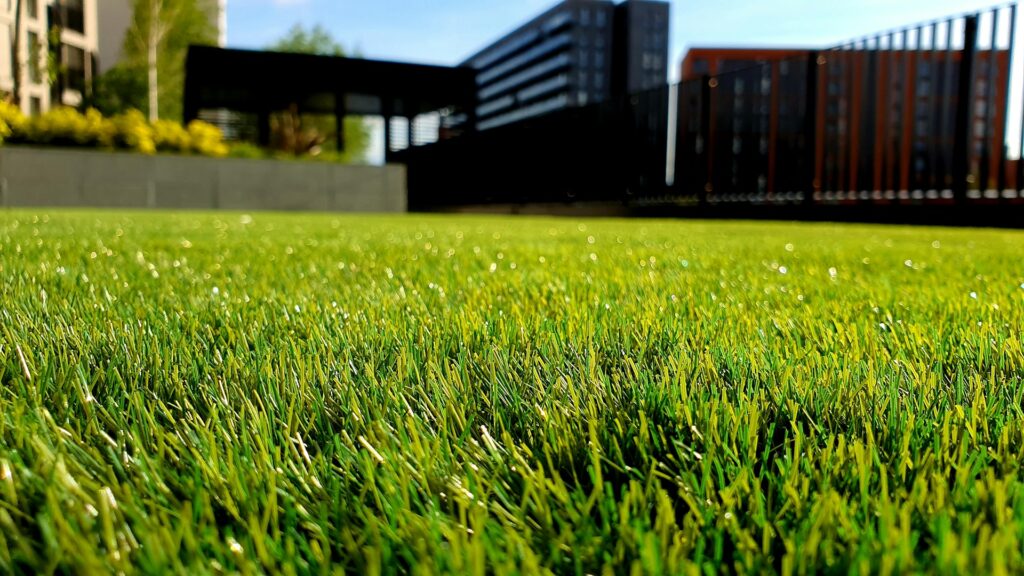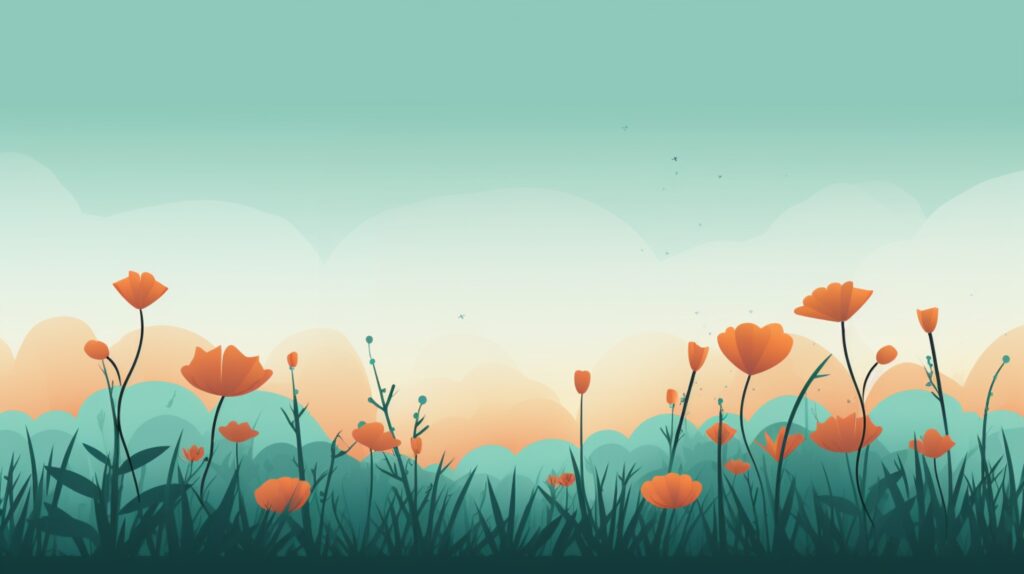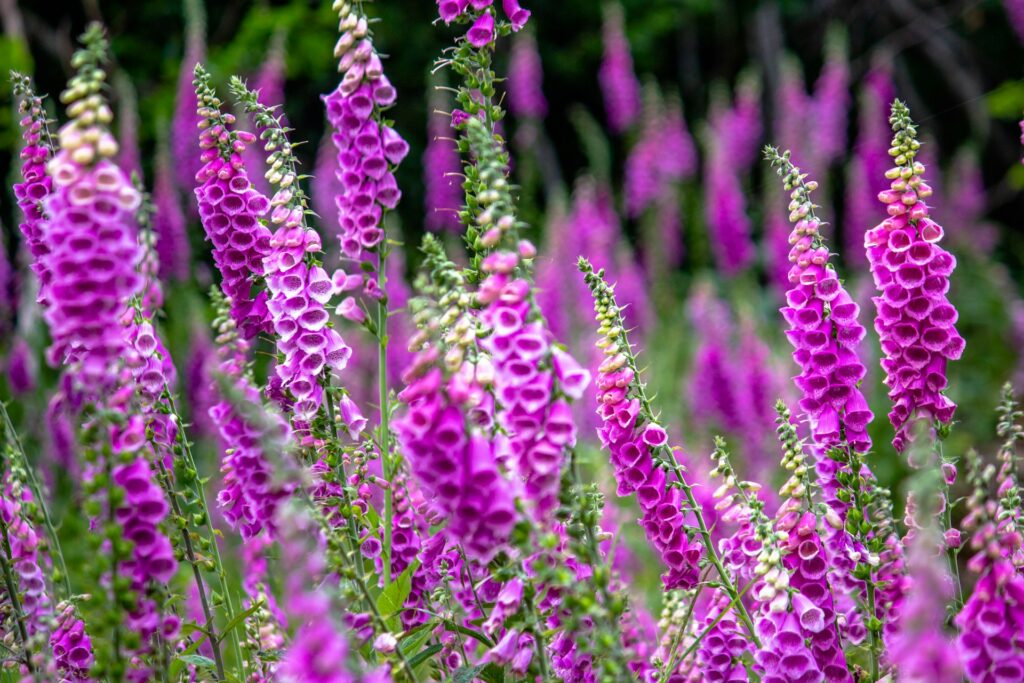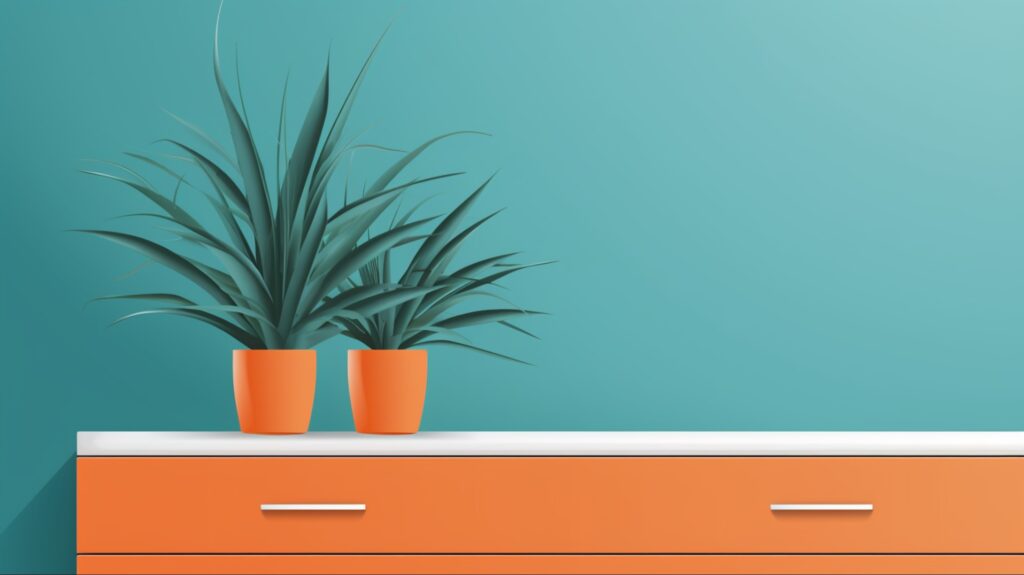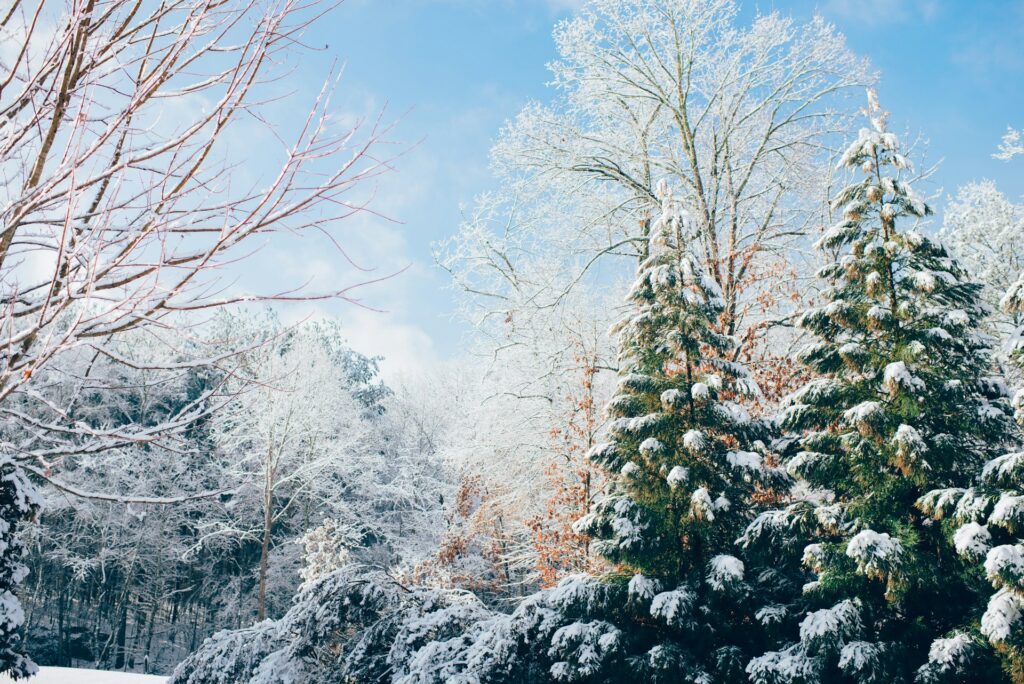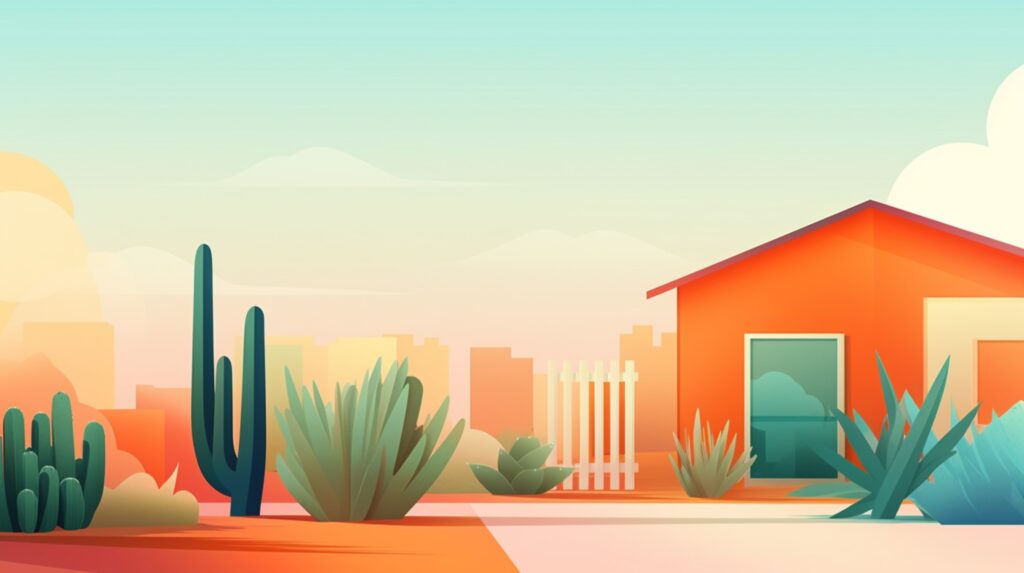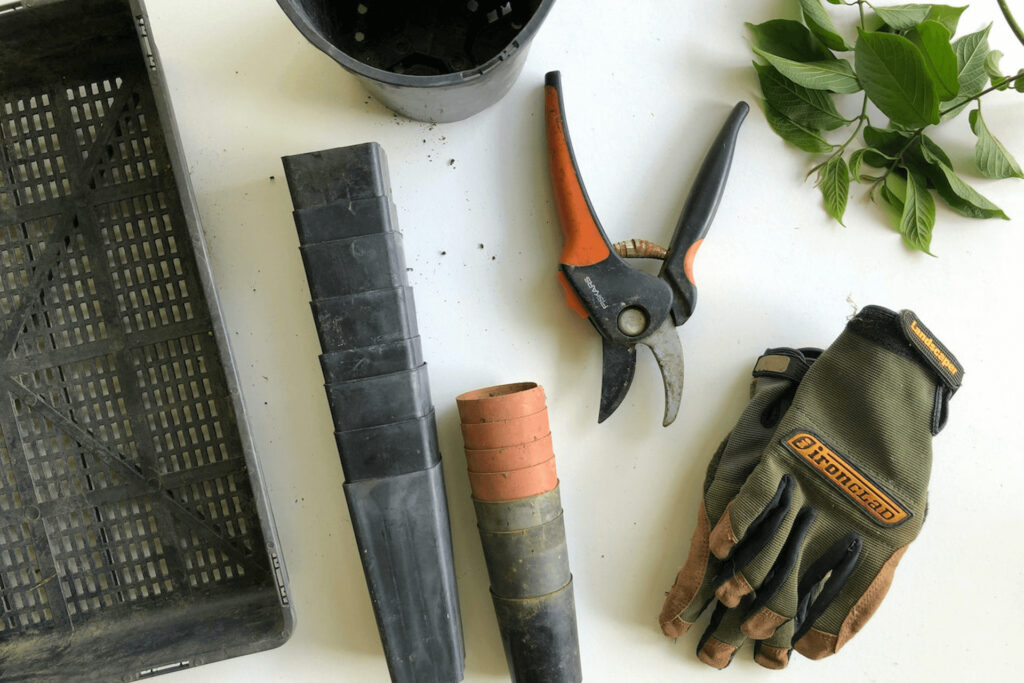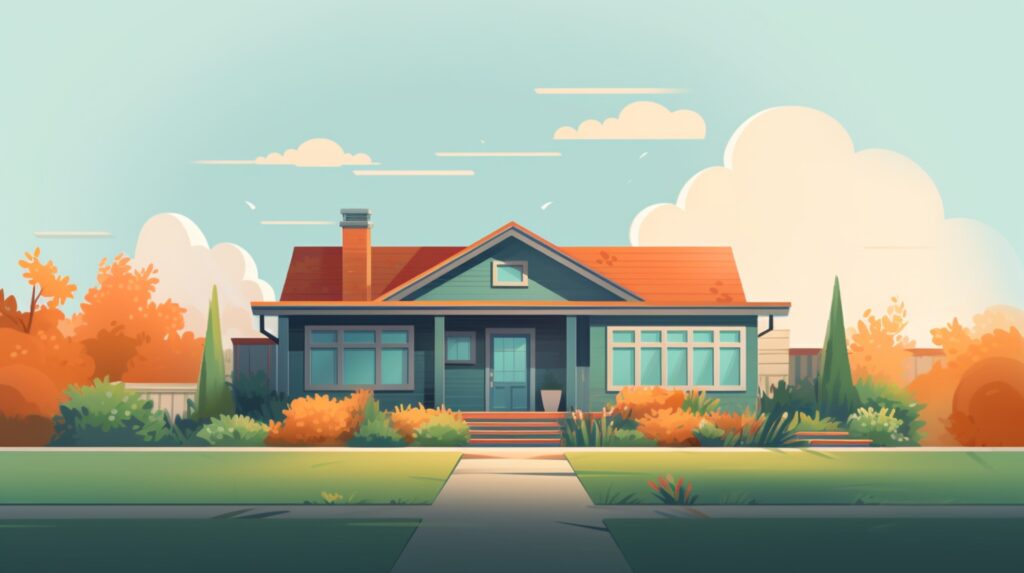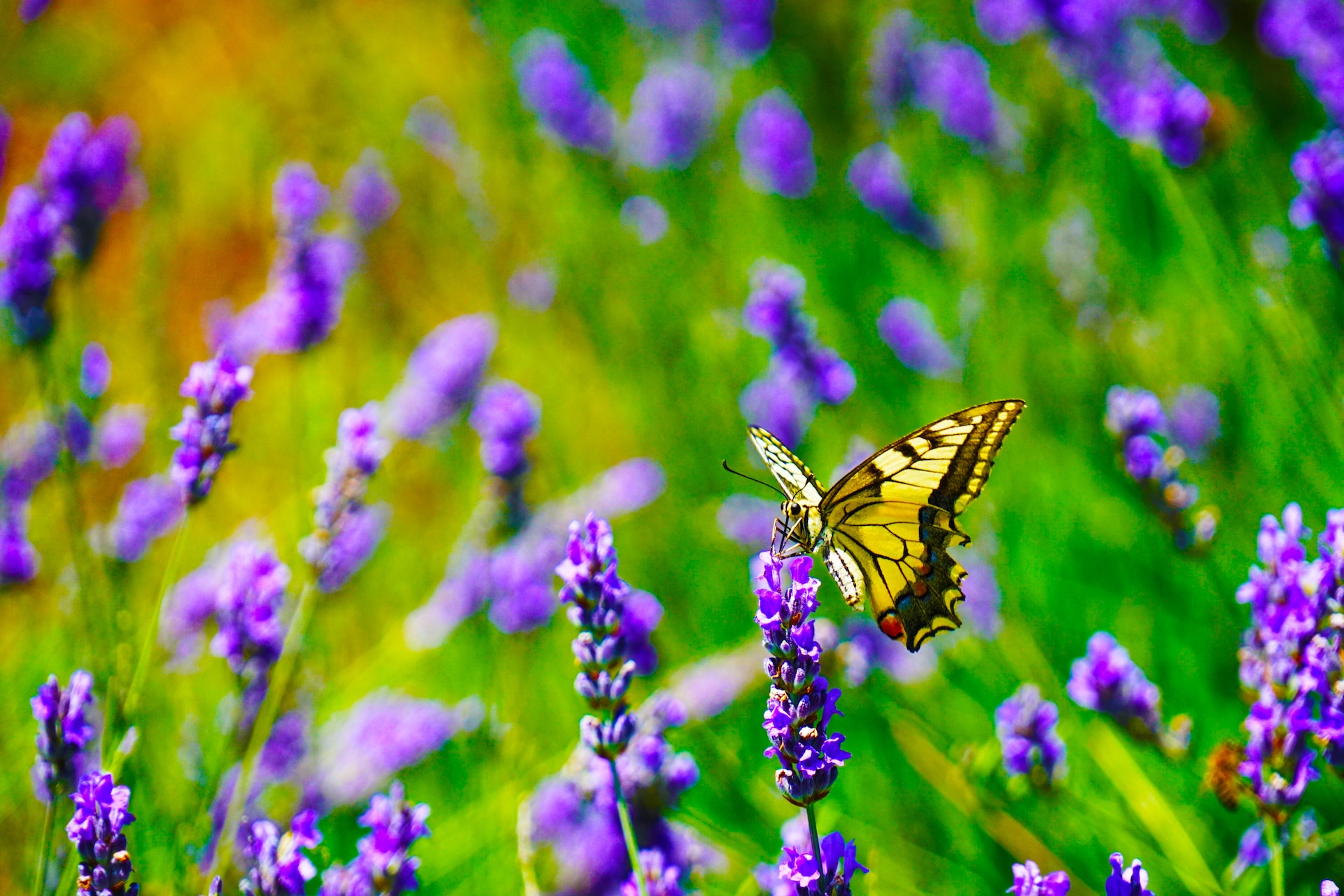
We are reader-supported. When you buy through links on our site, we may earn an affiliate commission.
Butterfly habitats across the world are suffering. Wildfires, clear-cutting and large-scale farming take away land these beautiful species rely on. Migrating monarchs are having an especially challenging time finding spots to rest and nest along their route and their final destination in Mexico. Thankfully, you can be part of the solution. As long as you have outdoor space, you can have a butterfly garden. Farms, backyards and even small patios will work if you add everything these delicate winged creatures need. You’ll enjoy watching many varieties flitter through your flowers, lay their eggs and hatch the next generation. This complete guide will give you all you need to know how to make a butterfly garden.
Why Butterflies Matter
Butterflies are reminiscent of sunnier days and vibrant spring blooms, having flittered across the earth for 65 to 135 million years during the Cretaceous Period — also known as the “Age of Flowering Plants.”
Unfortunately, butterfly species are in decline due to ecological stress, reduced food availability, predators and habitat loss. Scientists suggest that we lose butterflies at a rate of 1.6% annually, including the western monarch.
Butterflies are a critical component of a healthy ecosystem, serving as pollinators and natural pest control. Aside from their biological, intrinsic and aesthetic benefits, butterflies are pollinators and essential to the agricultural industry.
According to the UN Food and Agriculture Organization (FAO), 75% of the world’s crops rely on pollinators to produce quality yields for human consumption. A decline in crop production will ultimately lead to greater food insecurity as the global population increases. Therefore, creating ecological safe havens for butterflies to flourish is necessary.
Find an Ideal Location
Most plants that butterflies prefer direct sunlight for most of the day. You’ll want to select a spot that gets at least 6-8 hours. It also needs to be in an area where the breezes stay mild. Too much wind will complicate flight.
Butterflies are most active when temperatures exceed 60° Fahrenheit, as many butterfly species are native to tropical, humid regions.
Start prepping your butterfly garden in early spring after the harsh winter. Layer the garden beds with compost and organic fertilizer to restore the soil naturally. This will ensure that the ground contains adequate minerals and fertility to support plant growth.
Ideally, you’ll also have some shelter nearby where the butterflies can sleep and take cover from predators. It could be a tree, some shrubs or a small house made from a wooden crate — you don’t have to get fancy to keep the precious creatures safe.
Use the Right Plants
The essential part of this process is the plants you choose. When you’re learning how to make a butterfly garden, it’s tempting to pick flowers appealing to you. However, to create an ideal spot for butterflies, you must cater to their preferences.
Preferred Colors
Butterflies love orange, purple, pink, yellow and white flowers, with red being their favorite. They typically shy away from blues and greens. Scientists believe butterflies are genetically inclined to prefer certain colors because of their nectar quality. However, studies show they can also learn and change their preferences based on their experiences.
Your best bet when starting is to plant an array of colors to see what your visitors prefer and adjust in future years based on your findings.
Ideal Size and Shape
Butterflies need to land to sip nectar from your garden, so they prefer clustered blooms that offer a place to rest and plenty of options for food. They also like large flowers with flat petals since they provide an easy perch.
Native Blooms
The easiest way to make a butterfly garden your local butterflies will love is to stick to plants that naturally grow in your area. Each region has a unique and diverse flora and its own species of butterflies. The symbiotic relationship between floral preferences and your native butterflies is something you should try to mimic in your garden.
Tried and True Options
Following the above guidelines will create a garden butterflies love. You can start with any of the flowers on this list if you’re still uncertain.
Perrenials:
- Phlox
- Joe-Pye weed
- Purple coneflower
- Black-eyed Susans
- Asters
- Goldenrod
- Butterfly bush
- Allium
- Buttonbush
- Daylily
- Lilac
- Pansy
- Snapdragon
Annuals:
- Lantana
- Zinnias
- Petunia
- Verbena
- Yarrow
- Lavender
- Cornflower
- Dill
Monarchs have a wingspan of three to four inches and are one of the most recognizable butterfly species. However, if you hope to see them in your garden, you’ll need to grow milkweed, the only plant they feed on — hence their nickname, the “milkweed butterfly.”
Nail the Arrangement
Once you decide what you want to plant, you must determine the arrangement. Butterflies prefer when you group flowers of similar colors rather than mixing everything together. Each species may have something slightly different it’s looking for and will be able to see better when you separate the hues.
Another tip is to vary the heights of plants you choose. Select some taller options and others close to the ground, so every type of butterfly can find something to enjoy.
Plan for the Entire Butterfly Lifespan
While adult butterflies are a wonder to watch, you’ll lose out on a lot if you only plant for one phase of their lifecycle. Planning for larvae, pupae and caterpillars is easy. Just add several of the necessary food plants your local species enjoy. Monarchs and many others like milkwood. Others may prefer fennel or parsley. You can adjust your offerings accordingly once you discover what butterfly types you attract.
Prepare for Multiple Seasons
Selecting plants for each growth phase is a great start, but you should also consider the growing seasons when you make a butterfly garden. For the best results, plant a mix of spring, summer and fall blooms. This way, your butterflies will have a consistent nectar source.
Provide a Water Source
Butterflies won’t drink from deep water sources like a birdbath. Wet wings can become a fatal mistake for these delicate fliers. However, they will still need to drink so you will need to create puddling stations.
Puddling stations contain pebbles, sand, dirt and water, in which butterflies can sip and ingest essential nutrients and salt minerals. Males butterflies require minerals to secrete pheromones to attract mates, while females benefit from healthier reproduction.
You’ll notice butterflies tend to puddle most during the hottest months between 10 a.m. and 2 p.m., regardless of where you live.
Keep the Garden Organic
Pesticides are great for killing off unwanted guests, but they harm butterflies too. Even from the larval stage, chemical pesticides could hinder butterfly health. Studies show that adult monarchs had a 12.5% decrease in wingspan after pesticide exposure and lower larvae survival rates. If you want to keep your garden a haven for them, you must avoid using pesticides. You should also steer clear of chemical fertilizers, which can contain toxic ingredients.
Draw Butterflies in With Extras
Planting the right flowers and arranging them in an appetizing way should bring in plenty of beauties. However, you can always sweeten the deal by adding extra treats.
Similar to hummingbirds, butterflies love sugar water. Add some to a shallow dish so they won’t get their wings wet. You’ll need to change the water frequently to keep ants at bay. Butterflies also enjoy rotting fruits like bananas, apples and peaches, pure cane sugar and molasses.
You can also lay out a few large flat rocks in a sunny spot in the garden. Basking in the warmth will help their wings dry out from nighttime dew and prepare them for a day of flight.
Creating butterfly houses are also an ideal place to rest. They are excellent for protection against rain, wind and predators and act as a safe space for hibernation and cocooning. Simply create your butterfly house out of a small wooden box with a little opening.
Get a Guide Book and Journal
Once you have everything set up, you only need a guidebook and journal. Observe your butterflies, noting their habits and coloring. Soon, you’ll have all you need to identify the species that frequent your garden. With this knowledge, you can provide more specific care for them next year.
Make a Butterfly Garden to Help Pollinators
Now you know how to make a butterfly garden, and you can start dreaming up your space. Every sanctuary makes a difference, from the sprawling fields of wildflowers to backyard gardens to small patio resting spots in planters. The butterflies benefit from having safe spaces where they can eat and lay their young. You’re also helping other vital pollinators like bees and hummingbirds since they prefer many of the same conditions.
